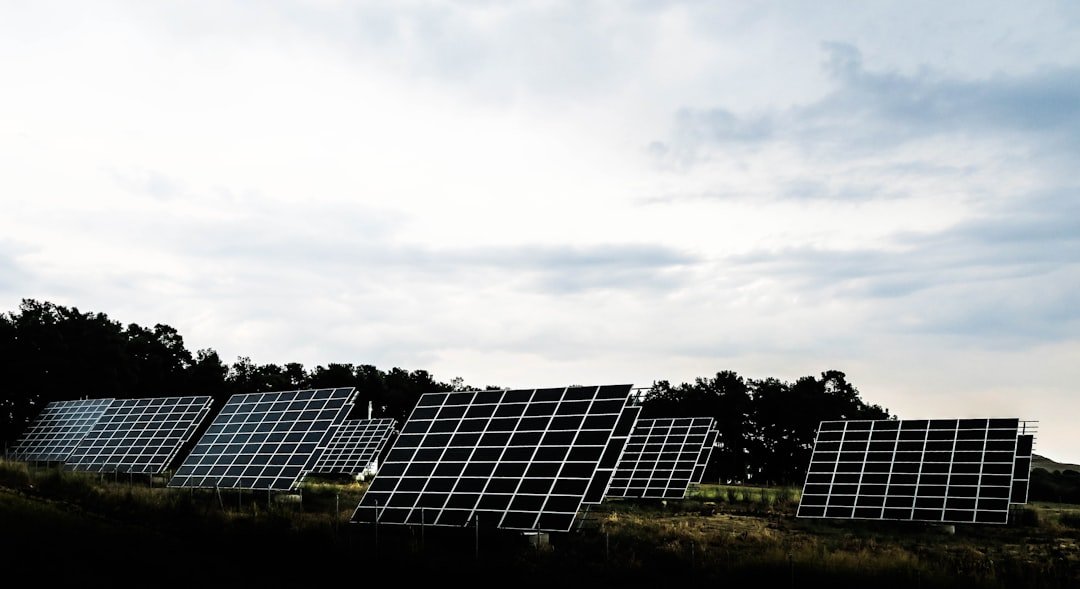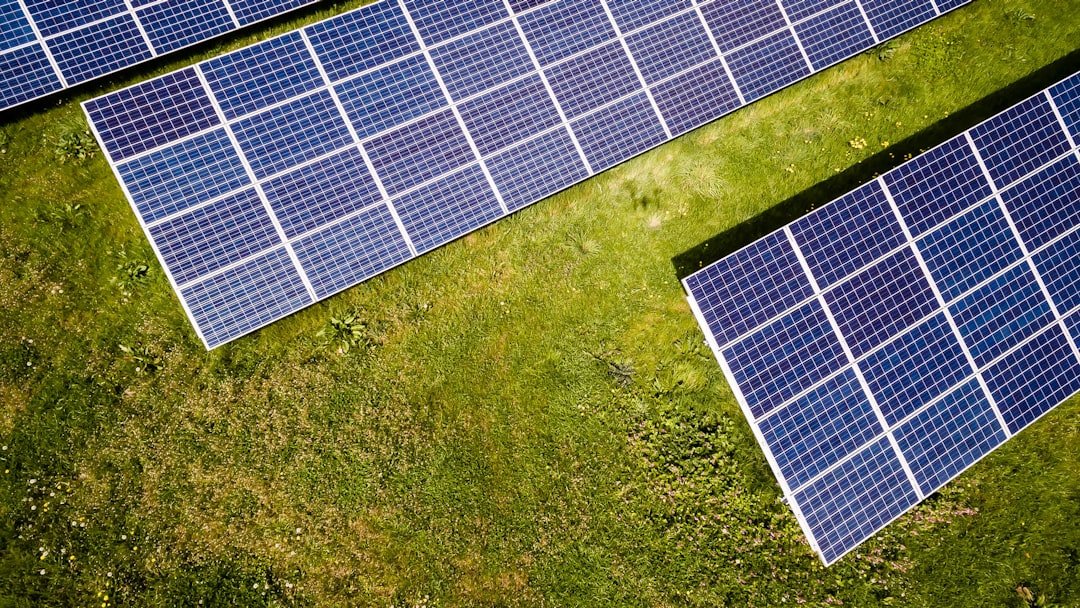Homeowners are now investigating renewable energy systems as potential substitutes for conventional fossil fuels due to the global trend towards sustainability. People are looking for ways to improve their energy independence and lower their carbon footprint as a result of growing awareness of climate change and the depletion of natural resources. With the help of residential renewable energy systems, homeowners can harness natural resources like wind, sunlight, and geothermal heat to produce clean energy for their homes. These systems have both financial & environmental advantages. Homeowners can drastically cut their utility costs and, in certain situations, even earn money through net metering or government incentives by investing in renewable energy technologies.
Key Takeaways
- Residential renewable energy systems are becoming increasingly popular as a sustainable and cost-effective alternative to traditional energy sources.
- Solar power systems are the most common and widely used renewable energy system for residential use, providing clean and reliable energy from the sun.
- Wind power systems are another popular option for residential use, harnessing the power of the wind to generate electricity for homes.
- Geothermal energy systems utilize the heat from the earth to provide heating, cooling, and hot water for residential properties, offering a consistent and efficient energy source.
- Biomass energy systems and hydroelectric power systems are also viable options for residential use, providing renewable energy from organic materials and flowing water, respectively.
The use of residential renewable energy systems is anticipated to increase as the technology develops & becomes more widely available, opening the door to a more sustainable future. For residential use, solar power systems have become one of the most widely used renewable energy sources. Usually, these systems are made up of photovoltaic (PV) panels, which use sunlight to generate electricity.
Installing solar panels in their yards or on their roofs enables homeowners to produce their own electricity and lessen their dependency on the grid. Because solar technology is so adaptable, it can be customized to meet different home sizes & energy requirements. There are more advantages to solar energy than just producing electricity. Many homeowners discover that solar panels raise the value of their homes and draw in eco-aware purchasers.
Also, homeowners can now store extra energy produced on sunny days for use at night or during cloudy spells thanks to developments in battery storage technology. Solar power is a desirable alternative for many homes because of its ability to increase energy independence and guarantee a more dependable power source. Another creative method of utilizing renewable energy at home is through wind power systems. Residential buildings can be equipped with small wind turbines to harness wind energy and turn it into electrical power.
| System Type | Cost | Efficiency | Space Required |
|---|---|---|---|
| Solar Panels | Medium | High | Large |
| Wind Turbine | High | Medium | Large |
| Hydroelectric | High | High | Large |
In regions with regular wind patterns, these systems work especially well and can supply a sizable amount of a household’s energy requirements. As long as there is enough wind, wind turbines can produce electricity day & night, unlike solar power, which depends on sunlight. However, there are a number of factors to take into account when installing wind power systems. It is the responsibility of homeowners to evaluate local zoning laws and possible noise problems related to turbine operation. Also, wind turbines can have a high upfront cost, but many people discover that the long-term energy bill savings make the investment worthwhile. Wind power is growing in popularity as a means of producing energy for homes as technology develops and more effective turbines are created.
Homes can be heated & cooled by geothermal energy systems, which harness the Earth’s inherent heat. Installing ground loops, which move a fluid through the earth to absorb heat in the winter and dissipate it in the summer, is a common component of these systems. Because it drastically lowers dependency on fossil fuels for heating and cooling, this temperature control technique is not only effective but also environmentally benign. Geothermal systems have benefits beyond just being energy-efficient. They can eventually result in significant utility bill savings and frequently require less maintenance than conventional heating and cooling systems. Homeowners must take into account elements like soil conditions and available space for ground loops, as the initial installation costs can be substantial.
Many homeowners discover that geothermal energy is a worthwhile investment in spite of these difficulties because of its long-term advantages. Biomass energy systems transform organic materials into useful energy, including wood pellets, agricultural waste, and even food waste. Through a number of procedures, these systems can either be used to generate electricity or for heating.
Since biomass can be regenerated over time, it is regarded as a renewable resource and a viable substitute for fossil fuels. The versatility of biomass energy is one of its main advantages. Various biomass heating systems, such as biomass boilers or pellet stoves, are available to homeowners based on their individual requirements and tastes. Also, it is frequently possible to integrate biomass systems with pre-existing heating infrastructure, which makes them a desirable choice for people who want to switch to renewable energy without having to totally redesign their current setup. However, when assessing this option, homeowners must take into account the availability of biomass fuel sources in their area. Utilizing the energy of flowing water, hydroelectric power systems produce electricity.
Even though large-scale hydroelectric plants are widely recognized, homeowners who have access to appropriate water sources, like rivers or streams, are increasingly installing smaller residential hydroelectric systems. The kinetic energy of flowing water is usually transformed into electrical energy by a turbine in these systems. Flowing water can supply a steady supply of energy all year round, which is the main benefit of hydroelectric power. Hydroelectric system installations frequently result in significant electricity bill reductions and greater energy independence for homeowners.
Prior to installation, prospective users must take into account elements like local laws, environmental impact assessments, & water rights. This option may not be feasible for some homeowners because not all properties have access to adequate water sources. Cost and efficiency are two important considerations for homeowners when assessing residential renewable energy systems. There are significant differences in the initial investment needed for installation depending on the technology.
Over the past ten years, for example, the cost of solar power systems has drastically decreased as a result of market competition and technological advancements. In contrast, geothermal systems can result in significant long-term savings but frequently demand a larger upfront investment because of the extensive ground loop installation. Efficiency is yet another crucial factor to take into account when contrasting renewable energy sources. Depending on their design and location, wind turbines can reach efficiencies of 30 to 45 percent, whereas solar panels usually have an efficiency rating between 15 and 22 percent. Geothermal systems are well-known for their high efficiency, frequently surpassing 400 percent in heating & cooling applications.
For homeowners to choose the system that will yield the highest return on investment, they must compare these factors to their unique energy requirements and local conditions. A number of factors specific to each homeowner’s circumstances must be carefully considered when choosing the best residential renewable energy system. People should first evaluate their energy usage trends and determine which renewable technology best suits their requirements.
For instance, homeowners in windy areas may find wind turbines to be a more advantageous option than solar power for those in sunny regions. In addition, local laws and incentives are very important when making decisions. Installing renewable energy systems can result in tax credits or rebates from many governments, which can greatly reduce upfront expenses. While weighing their options, homeowners should also take into account the physical features of their property, such as the location of the roof for solar panels or the amount of land available for wind turbines. Finally, homeowners can make well-informed decisions that support their financial and sustainability goals by conducting in-depth research and speaking with experts in renewable energy. In conclusion, homeowners looking for sustainable ways to meet their energy needs have a variety of options thanks to residential renewable energy systems.
People who are aware of the different technologies that are available—such as hydroelectric, geothermal, biomass, wind, & solar—can make decisions that are advantageous to both their homes and the environment. Residential renewable energy has a bright future ahead of it, helping to create a cleaner and more sustainable world as technology develops and becomes more widely available.



